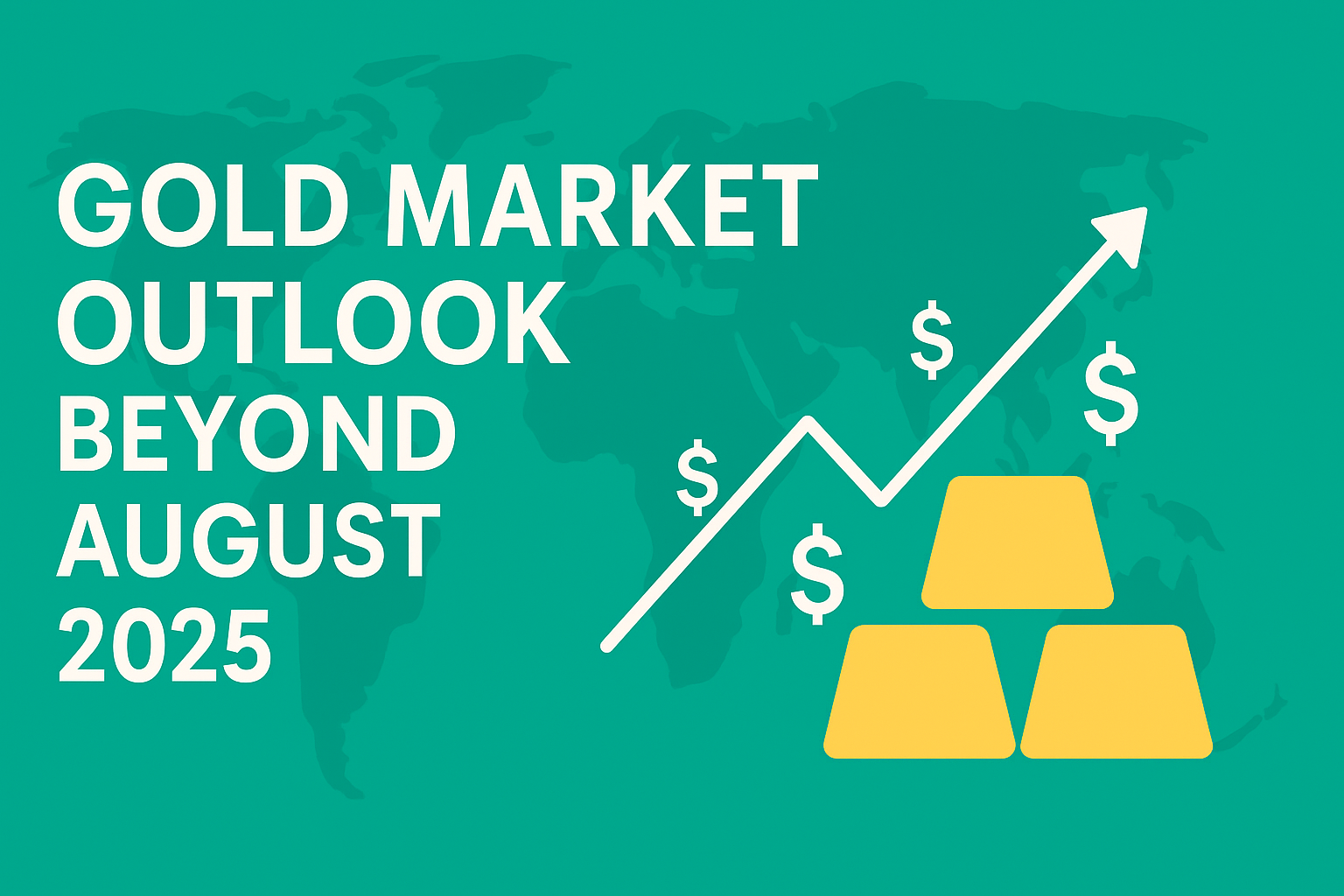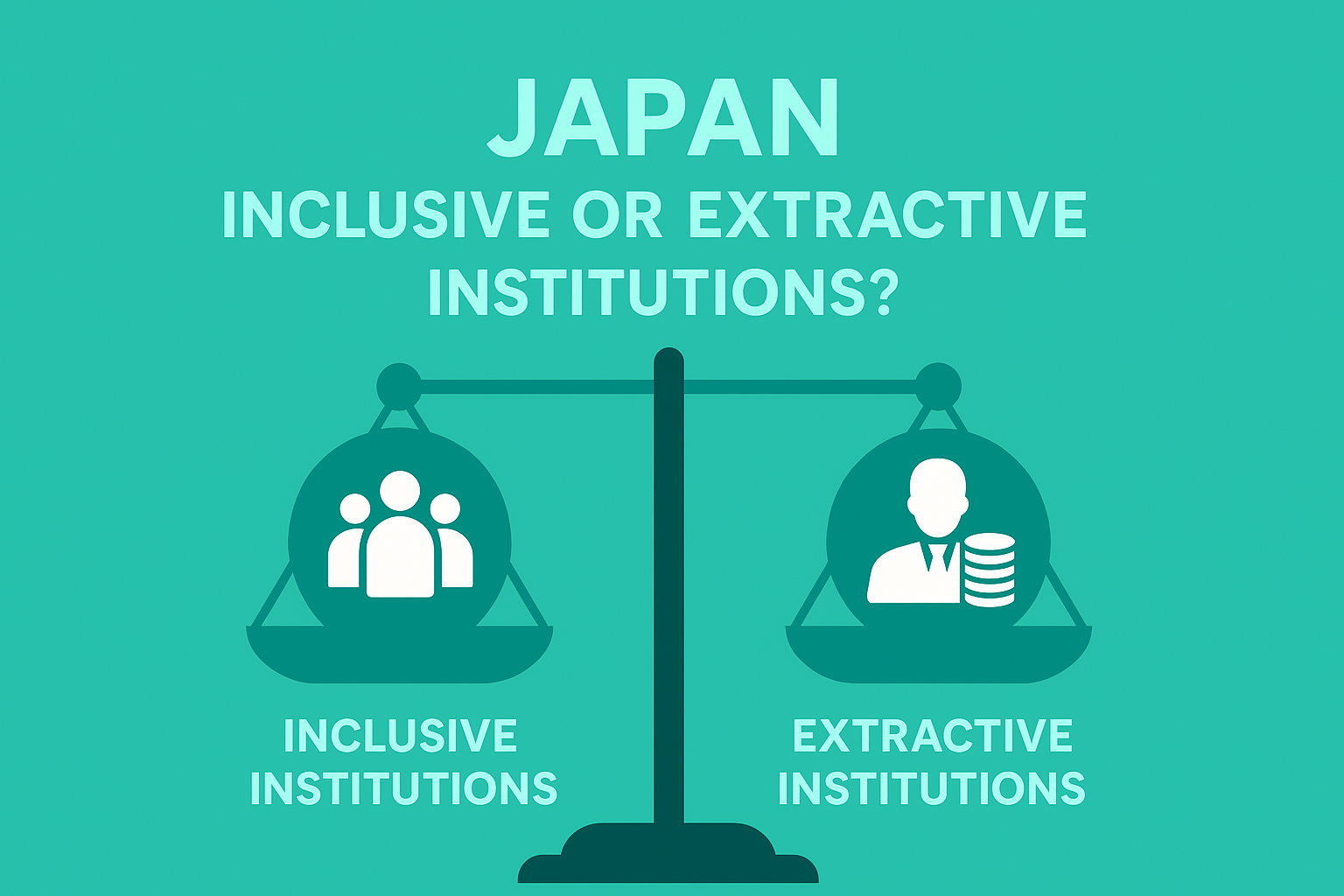1. Current Market Context
In early August 2025, the U.S. imposed a sweeping 39% tariff on Swiss goods—the highest among major trading partners. While watches and luxury products are explicitly targeted, the classification of Swiss-refined gold bars remains ambiguous. Conflicting reports suggest that COMEX-standard bars (1kg and 100oz) might be excluded—or might face the full tariff rate, depending on Customs and Border Protection (CBP) rulings.
Switzerland is the world’s largest gold refining hub, handling a substantial share of global supply, including recycled bullion. Any tariff that applies to these refined products could disrupt the supply chain, widen COMEX–London spreads, and push futures higher.
Meanwhile, the World Gold Council’s (WGC) Q2 report anticipates steady investment demand in H2 2025, with ETF inflows recovering and central bank purchases holding firm. The forward curve remains anchored around $3,300–$3,400/oz, implying a range-bound market—unless the tariff shock escalates.
2. Key Market Drivers to Watch
- Tariff Scope and Enforcement
- If gold bars are included, logistics and delivery costs for COMEX-eligible bullion could surge, tightening U.S. supply.
- Exclusion would neutralize the immediate supply shock, restoring normal price relationships.
- Monetary Policy and Real Yields
- A potential Fed rate cut later in 2025 would lower real yields, supporting gold prices.
- Conversely, sticky inflation or a hawkish Fed would pressure gold.
- Investor and Central Bank Demand
- Ongoing geopolitical tensions and trade disputes keep gold attractive as a safe-haven asset.
- Sustained central bank buying—particularly from emerging markets—remains a structural tailwind.
3. Price Scenarios (August–December 2025)
Bullish Case (30% probability)
- Tariff fully applies to Swiss bullion → U.S. supply tightens.
- Fed begins rate cuts; geopolitical risk remains elevated.
- Price range: $3,450–$3,750/oz.
Base Case (45% probability)
- Gold bars exempted or practical supply rerouting via other refineries.
- WGC’s stable-demand outlook holds; prices trade in a high but steady band.
- Price range: $3,250–$3,450/oz.
Bearish Case (25% probability)
- Tariff scope excludes bullion; U.S. economy remains resilient; risk appetite shifts to equities.
- Price range: $3,050–$3,250/oz.
4. Strategic Insights for Gold Investors
- Short-Term Trading
- Exploit tariff headline volatility: accumulate on dips toward $3,250, take profits above $3,500.
- Watch COMEX–London basis for arbitrage opportunities if supply tightens.
- Medium-Term Positioning
- Maintain a core allocation given central bank demand and geopolitical risk.
- Use call spreads to capture upside potential from a sudden tariff confirmation.
- Risk Management
- Stay alert to CBP and USTR announcements clarifying the tariff scope.
- Hedge with currency exposure (USD strength/weakness) to manage FX-related price swings.
5. Key Dates and Triggers
- CBP Rulings on HS Codes – Any formal classification could trigger a sharp repricing.
- FOMC Meetings – Rate cut timing will be critical for gold’s cost of carry.
- WGC Monthly Updates – ETF flows and central bank purchases remain leading indicators.
Bottom Line:
The gold market in late 2025 hinges on one policy variable: whether the 39% U.S. tariff on Swiss goods applies to refined gold bars. If enforced, expect supply disruptions, COMEX premiums, and a fast track to new all-time highs. If not, gold will likely remain in a high-range consolidation, underpinned by robust demand but capped by strong equities and a firm dollar.
Astute investors should stay nimble, monitor policy signals, and be ready to act decisively when the tariff question is settled.


